|
By Dave Brewer and Dee Hudson Nachusa Stewards Nourished by the fresh air and the beautiful and ever–changing scenery, Nachusa’s stewards tend and restore the land. They work within a vibrant volunteer community, forging lasting and strong relationships as advocates for land conservation. Nachusa’s stewards are physically active individuals who love working outdoors year-round. These volunteers are passionate about conservation and are committed to creating and restoring habitats for native species. WHO CAN BE A LAND STEWARD AT NACHUSA? Any dedicated and interested Nachusa volunteer or group of volunteers can steward a unit in the preserve. A steward is responsible for all the management in their land unit: weed removal, seed collection, planting or over seeding, and brush removal. They also lead volunteer workdays throughout the year. No prior accreditation or related degrees are required, just a willingness to learn from others (staff and mentors) and share experiences and insights with fellow enthusiasts. Meet Dave Brewer, a frequent Nachusa volunteer who has recently decided to steward two units at the preserve. What first brought you to volunteer at Nachusa Grasslands? I began volunteering in the late 1980s when my wife and I brought our student groups here for Saturday workdays. I had a very long hiatus from volunteering until I retired last year. After retirement, I took the University of Illinois extension course to be an Illinois Master Naturalist and one of our field trips brought us here. It rekindled my love for the place, and I became a regular volunteer and completed the fire training to assist with the controlled prairie burns. I’ve been a regular volunteer for almost a year. The people here are very welcoming to newcomers and are willing to share their time and knowledge to help me as a new steward. They are also tolerant of my beginner mistakes and lack of knowledge. It makes it that much more of a pleasure to come and work here. Tell us your background and what inspires your interest in restoration. I was a science teacher for over thirty years, and I’ve always hiked and camped and enjoyed being outdoors. I feel a strong sense of place here and a feeling of connection to the prairies, marshes, and groves of northern Illinois. With this, for me, comes a need to learn more about them and be more involved in their conservation. We need wild places, and these wild places need our help. How did you decide to become a steward? I could have continued helping maintain other stewards’ units forever. Those days were always fun and interesting and gave me a sense of accomplishment and of helping with something important and crucial: prairie restoration. Dee Hudson, the steward of the Thelma Carpenter Prairie, where I spent much of my time last fall, put the idea of stewarding my own unit into my head and gave me a tour of available units. It was a way to be even more connected to the landscape, a chance to learn about and be involved in the cycles and seasons of nature. Above all, it was a chance to be involved in the great science experiment, restoration at Nachusa Grasslands. What are some of the exciting features of Les Lep and Kittentail Units? I’m drawn to the small sandstone outcrops and gravelly prairie knobs. I have a degree in geology, so maybe it relates to that, but I love those areas of the preserve. The remnant prairie knobs are sacred ground: you are standing amidst historical plant communities which are hundreds of years old. It is a glimpse into what northern Illinois was like prior to European settlement and the vast agricultural plantings. What are the restoration challenges in the Les Lep and Kittentail Units? My first unit is the Les Lep Unit, which I chose because it’s in the middle of it all, and you really feel a part of something much larger. It has a two populations of the rare bush clover, Lespedeza leptostachya and is a popular area for the uncommon ornate box turtle. These are always on my mind when planning what work to do in the area. There is also a healthy population of tenacious birdsfoot trefoil, which is a very invasive weed which needs to be removed. My second unit is the Kittentail Unit, which is on the perimeter of the preserve and very much hidden from view. I chose this area to steward because I soon learned that being in the “middle of it all” also means that the bison are often hanging out in the place you wanted to work. Kittentail Unit gives me another place to go when the bison are using Les Lep. The big problem there is dealing with the woody invasives that want to creep in from the adjacent lands. This will keep me busy in the winter months, I suspect. What are some new techniques or concepts you've learned while becoming a steward? A steward, Jay, who has been here as long as I remember said to me, “Prairie restoration is not just science; it’s also an art.” You can sense if a steward understands this by looking at their plantings. One doesn’t simply collect seeds on a given list and plant them where you think they need to go. You do need to get a feel for the different microenvironments each prairie knob and grassland represent. Pay attention to the soil. Pay attention to the surrounding areas. Pay attention to where the plants are found on the slopes. Jay also said to let Swink and Wilhelm’s Plants of the Chicago Region be your bible for prairie plantings, so I’ve been slowly working my way through this giant book. 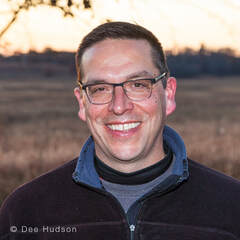 Dave Dave What do you enjoy most about being a steward? I just love walking around exploring, observing, and bird watching. I enjoy trying to learn all the new plants I’m noticing and learning their histories and Latin names. It’s a challenge and an honor to play a part in trying to expand the populations of the rare plants here and to help the prairie grow. It’s also a chance to build habitat for the turtles, butterflies, birds, and other prairie-dependent animals. There is the sense of being part of something much bigger than myself, of being involved in a project which will be going on long after I’ve passed, a project benefitting future generations. HOW CAN I BECOME A VOLUNTEER LAND STEWARD?
It’s easy! Begin by volunteering frequently to learn Nachusa’s restoration process. Regularly attending Thursday and/or Saturday volunteer workdays is the best way to familiarize yourself with our management practices. Then notify a staff member or workday leader that you want to become more involved by working alongside more experienced stewards. When you are ready, our project director will show you various land units that need special attention, and you can choose one area to exclusively tend or restore. Staff and stewards will continue to support your efforts and guide you until you are confident on your own. After sufficient mentoring, stewards set their own objectives (consistent with science and Nachusa objectives) and their own schedules. If you would like to begin the road to stewardship at Nachusa Grasslands, consider joining our Thursday or Saturday Workdays. Learn more about:
0 Comments
By Connor Ross Nachusa Restoration Technician It should go without saying that 2020 has been a pretty, let’s say, interesting and hectic year so far. The ongoing COVID-19 pandemic delayed the start date for the 2020 crew to the beginning of June also disrupted the scheduled prescribed burns earlier in the year. A diminished burn season, with one of the wettest Mays on record, means that our native vegetation has grown thicker and that the invasives have started to strike with a vengeance. The 2020 crew thus faces some unique challenges, especially as we are a smaller bunch this year, but we have already covered lots of ground and are ambitiously weeding and seeding. Our main focus these last few weeks has mostly been on controlling invasives. Already, we have been showering king devil, sweet clover, and birdsfoot trefoil with herbicide. Oxeye daisy and the occasional alfalfa plant have been sprayed when convenient, but unfortunately, the late start to the season means that we have been unable to control red clover. Nonetheless, the four of us have traversed quite a bit of acreage; we managed to sweep a full 70 acres for sweet clover on June 5th! Seed collection is ongoing and will increase as the season progresses. Already we’ve collected pussytoes, lots of wood betony, and the lovely prairie smoke! We’ve also learned that an abundant harvest of dwarf dandelion seeds won’t even constitute a handful, prairie ragwort will make you sneeze, and that you need an abundant supply of pantyhose to collect Hill’s thistle seed. The 2020 crew looks forward to collecting as much as we can this summer and dealing with the unique properties of each seed, from bunches of spiderwort that’ll dye your hands blue to the aptly-named porcupine grass seeds that will stab you through your work gloves! Meet the Crew
By Riley Nylin, Restoration Technician On November 18th, 2019 Riley Nylin, Tyler Pellegrini, and Amanda Contreras completed the 2019 crew planting on the corner of East Flagg Road and South Carthage Road. This 63-acre planting finishes off the Clear Creek Knolls management unit. Over the course of the season, our crew hand-picked 2,930 pounds of seed. Because of the extremely wet conditions of the picking season, we were forced to focus heavily on diversity instead of attempting to collect large amounts of seed. This led us to breaking only one seed collection record. We collected 29 pounds of pussytoes (Antennaria plantaginifolia) when the past record was only 14 pounds! Several different planting mixes were made, but not all of them were used on this site. The handpicked mixes are broken up into five categories: Dry, Dry Mesic, Mesic, Wet, and Woodland. The Wet and Woodland seed mixes were saved for other plantings/over-seeding areas. Within each mix, the crew focused heavily on species diversity. Table 1 displays the total number of species per mix. Once the seed was collected, separated, and mixed, the crew took to the field to plant! By planting 184 species at 50 lbs per acre, they planted a total of 85 acres of new prairie as well as over-seeding a few portions of past plantings. While 63 of the acres were planted at the Flagg and Carthage planting, the other 22 acres were planted at Franklin Creek Natural Area (FCNA). The FCNA planting was in partnership with the Illinois Department of Natural Resources.
“Budding Ecologists” — Nachusa’s Role in Mentoring the Next Generation of Natural Areas Managers9/15/2019 By Cody Considine
In her new role she will lead the crew for the remainder of this field season, which includes harvesting a couple more thousand pounds of seed from 150 species to plant 50+ acres this fall. In addition to the fall planting and prescribed fire season, she will also be interwoven into the bison roundup, helping with various tasks. This winter she will operate chainsaws and large equipment, removing brush in our oak woodlands. Next spring she will work to become qualified as a line boss position on prescribed fire. By the end of her residency (December 2020), Amanda will have the skillsets, confidence, and humility to be a natural areas manager.
Bill and I, along with Elizabeth and Dee, would agree that one of the most gratifying experiences in managing natural areas is helping grow the next generation of natural areas managers. We are immensely grateful for all of our young professionals who choose to start their careers at Nachusa. Please give them a shout out next time you come for a visit. Cody Considine is the Deputy Director at The Nature Conservancy’s Nachusa Grasslands. By Jenn Simons Nachusa Grasslands Science Extern On January 10th, 2019 I made a simple phone call to Nachusa Grasslands. Four months later, I was packing up my things to spend the summer living 480 miles east of my hometown. And with that, this Nebraska native ended up in an eastern tallgrass prairie state of both mind and place.  Jenn Simons Jenn Simons Prior to that fateful January day, as a graduate student at the University of Wisconsin-Madison I had narrowed down my research interests to the impact of conservation grazing on vegetation in midwestern prairies. My goal was to meet the requirements of my degree with a research project at the intersection of stewardship and applied ecology. Though the importance of disturbance to prairie management is well known, grazing on restored and remnant prairies has been a contested issue. Additional data to understand some of the trade-offs to using grazing for land management facilitate better understanding and application of the tools available in a land manager’s toolbox. The only thing that I was missing to begin my research was access to a herd of conservation grazers (nothing too significant, right?). During my quest to connect with folks using grazing as a land management tool in prairies, I ended up on the phone with Dr. Elizabeth Bach at Nachusa. As many of you know, it’s hard not to fall in love with a site as beautiful and biodiverse as Nachusa Grasslands. It’s even harder not to fall in love if that site also features a herd of grazing animals and the existing infrastructure to study their impacts. After my first conversation with Dr. Bach, I was sold. Nachusa was where I wanted to be, and the impact of their bison was what I wanted to study. In my case, and the case of many other grad students, there’s a gap in available funding between spring and fall school semesters. Grants and assistantships don’t always pan out, and many degrees in ecology require a large amount of data collection during the summer months (something rather at odds with working full time). Fortunately, 2019 marked the first summer for a Science Extern position at Nachusa. Open to all graduate students currently or beginning to conduct research specifically at Nachusa, the externship was to be awarded as an external grant to the student’s home university and paid as a salary, allowing the student to remain enrolled and continue receiving benefits. Just as the crew of seasonal employees spends their week supporting land stewardship needs throughout the summer, the role of the science extern was to support data stewardship needs throughout the summer. This position continues Nachusa’s history of encouraging research and providing opportunities for budding conservationists. With my fingers crossed, I submitted my application for the position and tried not to get my hopes up. I made a mental plan B (and C and D) for how I might be able to make my Nachusa research dreams come true if my application wasn’t successful. Work full time and collect data on the weekends? Take out loans? Choose a simpler research question? These are questions most grad students have had to seriously consider at some point. When sites like Nachusa are able to offer summer positions that merge science with practice, both the student and the site benefit from the results. Much to my delight, plan A came through, and I never looked back. Since May I’ve been assisting in collection, entry, and analysis of core ecological data for Nachusa while simultaneously collecting my own data. To answer my research questions, I’m leveraging twenty-two fenced plots (10mx18m) replicated across habitat types in the 1,500 acres of bison habitat that were designed and built by Bill Kleiman, Cody Considine, TNC staff, and collaborating scientists prior to the introduction of the bison in 2014. As opposed to keeping something inside a fenced in area, these fenced plots function as “exclosures” and keep bison outside the fenced area. Building on plant community data taken in 2014-15 and 2017-18, I’m collecting additional data to compare changes in the vegetation diversity, structure, and abundance along with soil compaction between grazed and ungrazed land over time. With the mentorship of Dr. Bach and my advisor, John Harrington, these data will be analyzed and contribute to both the advancement of my degree and the understanding of how bison have impacted Nachusa’s vegetation. In addition to the various science program tasks, opportunities abound to participate in stewardship activities and learn more about careers in ecology outside of academia. I’ve gotten to track Blanding’s turtle, set traps for small mammals, participate in evening moth surveys, observe rare plants in their natural settings, improve my R coding ability, utilize ArcGIS to create new maps, collect seeds and control weeds with the seasonal crew, and talk with highly knowledgeable volunteer land stewards. I can honestly say there’s no place I’d rather be this summer than at Nachusa Grasslands, and I’ve already become a better ecologist as a result.
By Riley Nylin Nachusa Grasslands Restoration Technician Spring showers have brought the May flowers, as well as very cold and damp conditions this year. With the invasive species and the native plants beginning to appear all at the same time, the 2019 crew has been quite busy. Because many plants have appeared later this year as a result of the weather conditions, the crew has had to work extra hard to ensure that each seed gets picked and each weed continues to get sprayed. As the summer continues, the crew is hopeful for drier conditions, so that they can continue with typical restoration activities. For the remainder of June and July the crew will focus heavily on controlling invasive species through spading and spraying, so that they do not force out the beautiful native plants. The crew has already begun to tackle the sweet clover, king devil, and bird’s foot trefoil. While this is going on, seed collection has also slowly begun. Although it will not be in full swing until August, collection of plants such as pussytoes and prairie phlox is already in progress. Once the crew has hand-picked almost 275 species of seed and placed them in barrels to dry, there will be well over two tons of seed that will need to be dried, milled, and mixed. The crew will then get the honor of producing their very own planting for the year. This year the planting is a 63-acre lot that was previously used as agricultural land. At the end of this process the 2019 crew will have covered a lot of ground in weed sweeps, seed collection, and new prairie! Meet the Crew
By Jeff Cologna and Joy McKinney
Each steward at Nachusa Grasslands has a fascinating personal tale, often involving stories of sacrifice, setbacks, and success. Together, with the resources of The Nature Conservancy, volunteers, donors, and Illinois Clean Energy Community Foundation, stewards work hard to ensure Illinois prairie is not merely a fading memory, but a lasting reality for all future generations. Mike Carr, one of these amazing stewards, shared a few stories from the past with us. The following paragraphs highlight those early days. Mike’s story began as a boy whose father loved the great outdoors but "bemoaned endlessly about all the invasive plants.” His father, Francis Carr, taught him about invasive plants and how to identify trees by their bark, enabling him to identify them all year ‘round. Little did he know back then that these skills and a disdain for invasives would serve him so well at Nachusa. In the Spring of 2010, soon after “getting away” from the city of Chicago, Mike found himself “banging on the door” of Bill Kleiman, Nachusa’s Director. Early in their discussions, Bill explained how critical fire is to restoring and maintaining healthy prairie landscapes. Experience managing fire became a top priority. Mike quickly completed a 40-hour online fire certification class leading to an absolute “love of fire” as well as the acquisition of key skills for participating in controlled burns. Mike was then challenged by Bill Kleiman and Cody Considine, restoration ecologist at Nachusa, to take on a unit of his very own which would later be named Big Jump. We asked Mike why the 350-acre unit was given this interesting moniker. Apparently, it was the result of a naming contest among stewards. His unit is basically “a long way from the HQ.” Due to the number of high-quality remnants within its boundaries, Mike’s restoration activities have opened up the landscape, enabling unseen natives such as porcupine grass, arrow leaf violets, and blue-eyed grass to show themselves, surprising and delighting Mike. Every year he discovers new “surprises” that weren’t there before. “The whole hillside of one remnant is filled with violets in the spring and another remnant with Carolina rose, bird’s foot violet, comandra, and pussy toes. Mike focused his efforts on a 23-acre plot within the unit which is now known as “Orland Prairie." In the beginning of restoration, Mike shared that Orland Prairie needed some kind of push to get rid of all the invasive woodies (shrubs and bushes) so the prairie could find its way. In the last 10 years, Nachusa’s Fecon mower was used to knock down the invasive woodies. Seed, collected by combine, was then spread on the area, beginning the restoration process. Unfortunately, woodies continue to dominate. Restoration efforts continue at Orland Prairie with the help of a generous grant from the Illinois Clean Energy Community Foundation. The grant is being used in part to purchase herbicide for continued eradication of the highly invasive autumn olive plant and other woodies. The application of the basal bark herbicide is highly effective. “If you stand next to an autumn olive and you tell it that you’ll come back with basal bark . . . it’ll just die!” Mike quipped. Basal bark applications have been used to successfully eradicate infestations of autumn olives, which at one time stood up to 15 ft high and covered the entire 23 acres. Mike shared that the herbicide is most effective after a fire.
Mike Carr is just one of the many dedicated men and women who have committed to making Nachusa Grasslands more than just a memory. We would like to thank Mike’s dad for inspiring him to be patient and dedicated to long term goals and above all, valuing and respecting nature. Come meet Mike on the March 2nd workday to see the Orland Prairie and experience the whimsical beauty of Nachusa Grasslands! Summer is the busiest time of year on the prairie with seeds ready to harvest and invasive weeds sprouting up. So every May Nachusa hires half a dozen seasonal staff to keep up with the workload. Typically the staff hired are in their twenties and going into careers in ecological restoration/conservation. The crew will spend most of the first half of the summer spraying and spading weeds in the hot sun, and then seeds will be collected throughout the summer and fall as they ripen. In the late summer and fall the crew will plant the seed they collected in a brand new planting that has not seen prairie in recent years. This year's planting is 84 acres! The crew of 2017 has jumped into the summer with great enthusiasm and the prairie is already much improved because of their labors. Meet this year's seasonal staff: Kaleb Baker — Crew Leader, on his third season he has been an incredible resource helping with many things, including the new Arc Collector Map service. Kaleb will be with us for a couple more months this summer before he attends NIU this fall to start his Masters’ Degree. Phil Nagorny — on his second season, he started with Kaleb back in March as our Lead Restoration Technician. He brings a deep skill set and experience operating equipment that we will take advantage of while he is here. He will also be attending NIU this fall to finish his undergraduate degree. Sebastian Schafer — who came all the way from Germany, has been interning with us since March. He is years ahead of most at his age. He is now heading back home to start his Master’s Degree. Nathaniel Weickert — from Rockford and recently graduated from NIU. Some of you will recognize him, since he has spent many Saturdays volunteering at Nachusa. Cody Cassidy — is from Rochelle and recently graduated from University of WI Whitewater. Cody is good with his hands, having grown up working with his dad’s heating and cooling business. Avery Parmiter — From Connecticut and a recent graduate from Clemson University. She brings an array of recent field experiences to Nachusa. Sandra Vaughn-Pottorff — Originally from Rockford, she recently returned from Hawaii where she studied environmental sciences. She will be enrolling in NIU to finish her undergraduate degree this upcoming school year. Leah Kleiman — who we all have seen grow and blossom into a mature young independent woman. She recently completed the second year of her Associate’s Degree at Sauk and is eager to gain more experience working on the crew. (Bios written by Cody Considine) Today's blog was brought to you by Leah Kleiman Pale Purple Coneflower (Echinacea pallida)With its sharp coppery–orange cone spikes and its purple–pink drooping petals, this attractive native flower is a favorite on the prairie. Coneflowers thrive in our sandy–loam soils and are especially plentiful the summer after a prescribed fire. They can bloom within two years of planting and provide a marvelous sight while other flowers species are still maturing. BERNIE BUCHHOLZ Volunteer steward Nachusa Grasslands The pale purple coneflower is a very showy flower, especially when planted in mass or with other flowers of contrasting color. This view looks eastward over the Gobbler Ridge unit at Clear Creek Knolls. Volunteer stewards, Bernie & Cindy Buchholz, planted this stretch of prairie in 2011. To read more about their decade of successful restorations, scroll to page 3 in the 2015 Prairie Smoke, the annual stewardship report for Nachusa Grasslands. After 10 years of meticulous clearing, harvesting, planting, and invasive weed control, Gobbler Ridge and the Fame Flower unit are among the preserve’s highest quality restorations. KIRK HALLOWELL Volunteer steward Nachusa Grasslands Many wildlife species benefit from the pale purple coneflower. The nectar in the blooms attract insects, such as butterflies and many native bees, while the birds (particularly Goldfinches) enjoy the seeds in the cone. Hiking is encouraged throughout the Gobbler Ridge unit, with access from the Clear Creek Knolls parking lot. To find the entrance, look along the east side of Lowden Road, just south of Flagg Road. Hike east along the mowed lanes or walk into the prairie off–trail. Before hiking off–trail, you may want to read “What to expect off–trail” on our Hiking Guidelines website page. The Thelma Carpenter unit is another nice spot in the preserve to see coneflowers. This hike is best reached from the visitor kiosk by taking Lowden Road north, then Stone Barn Road east and finally south on Carthage Road. There is pull–off parking in the grass. Please do not block any gates or roads. Hike along the mowed trails or hike up the hill (no trail) from the entrance sign. Visit our Hiking Destinations website page for more information. Enjoy this early summer native flower! Today’s author is Dee Hudson, a photographer and volunteer for Nachusa Grasslands. To see more prairie images, visit her website at www.deehudsonphotography.com.
Every summer Nachusa hires a seasonal crew to tackle weed season. The crew will spend all day spraying, spading, and pulling invasive weeds as well as doing every other odd job. This year's six individuals have already proved themselves to be hardworking and enthusiastic. Looks like it's going to be a productive summer! Jessica Fliginger My name is Jessica Fliginger and I recently graduated from Northern Illinois University with a B.S. degree in Environmental Studies and a minor in Biology. As part of the summer crew, I want to strengthen my plant identification and restoration skill sets, gain valuable field work experience, and explore my ecological interests. Next year, I plan on applying to graduate school and I hope this helps prepare me for that. Katie McBride I attended Northern Illinois University and there I joined the Committee for the Preservation of Wildlife. Then I came out here to the prairie at Nachusa and it was beautiful. Within the next couple of years I worked at Byron Forest Preserve learning more about the prairie ecosystem. I've been fascinated ever since. Brandon Anderson I currently attend the University of Wisconsin–Stevens Point, majoring in Wildlife Ecology. My passion is learning more about big game animals, but I love learning about prairie restoration! The reason I am at Nachusa Grasslands is to get great on–the–job–experience for future jobs. Colton Johnson I am a junior at Eureka College pursuing a career in Wildlife Ecology. Nachusa Grasslands offers a great opportunity to gain knowledge and experience within the field, which will be useful for the years to come! Phil Nagorny I am an Environmental Studies major at Northern Illinois University and plan to work on the crew for the spring, summer and fall seasons. I have been doing restoration for over three years and look forward to continuing that work here at Nachusa. Kaleb Baker I graduated from Northern Illinois University with a Bachelor of Science in Biology this spring and plan to begin a master's program in Ecology in 2017. At Nachusa, I wish to continue learning from the community and contributing toward their restoration projects. Today's author is Leah Kleiman.
|
Blog CoordinatorDee Hudson
I am a nature photographer, a freelance graphic designer, and steward at Nachusa's Thelma Carpenter Prairie. I have taken photos for Nachusa since 2012. EditorJames Higby
I have been a high school French teacher, registered piano technician, and librarian. In retirement I am a volunteer historian at Lee County Historical and Genealogical Society. Categories
All
Archives
January 2024
|
CONNECT WITH US |
|
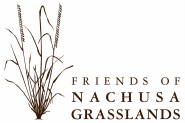
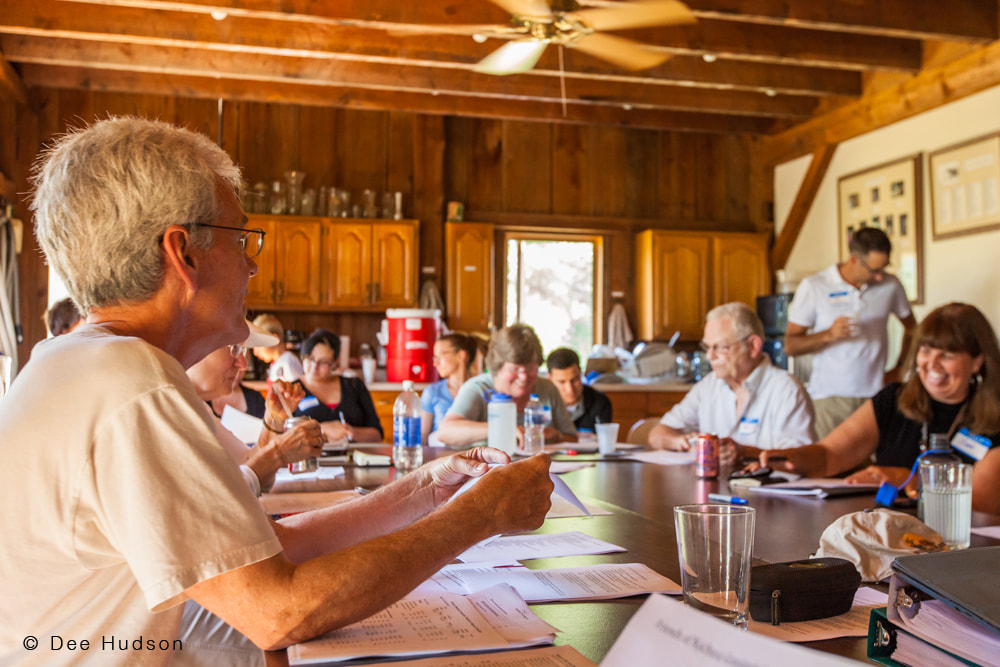

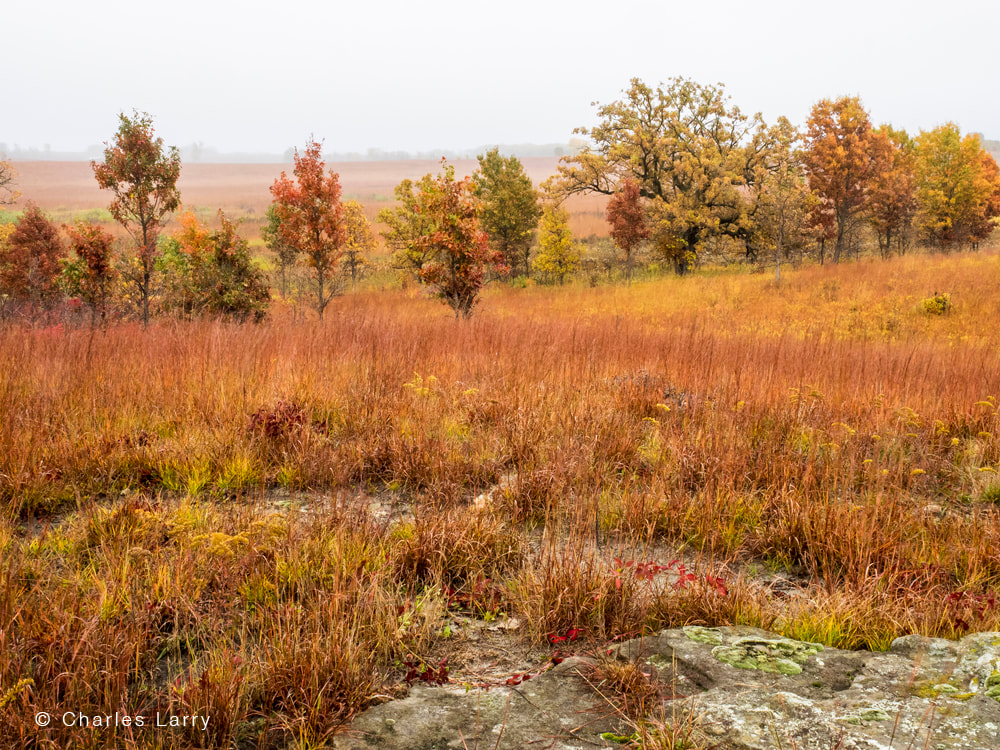
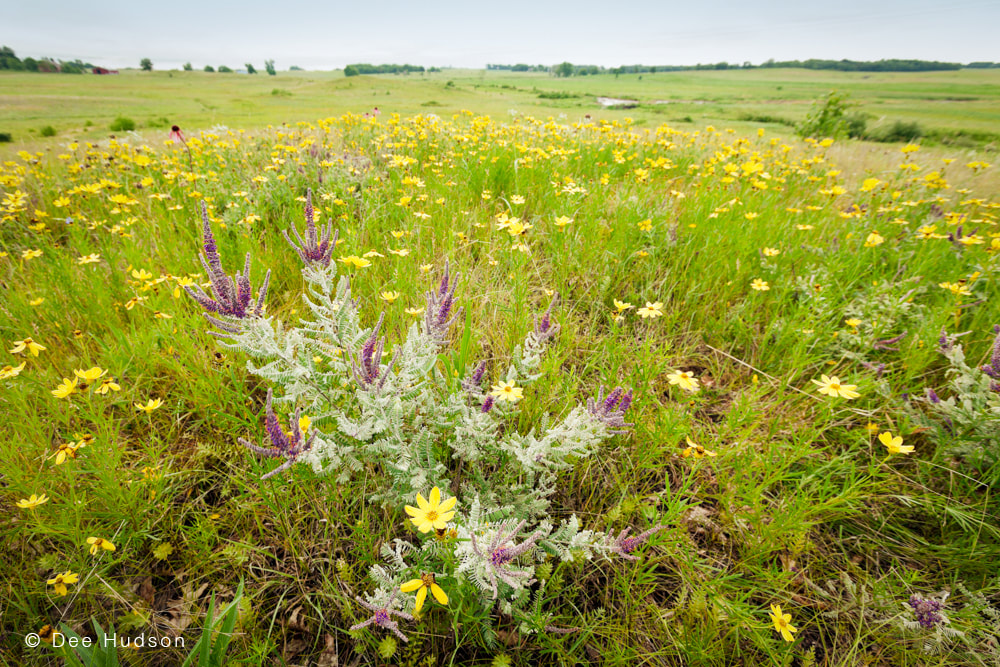
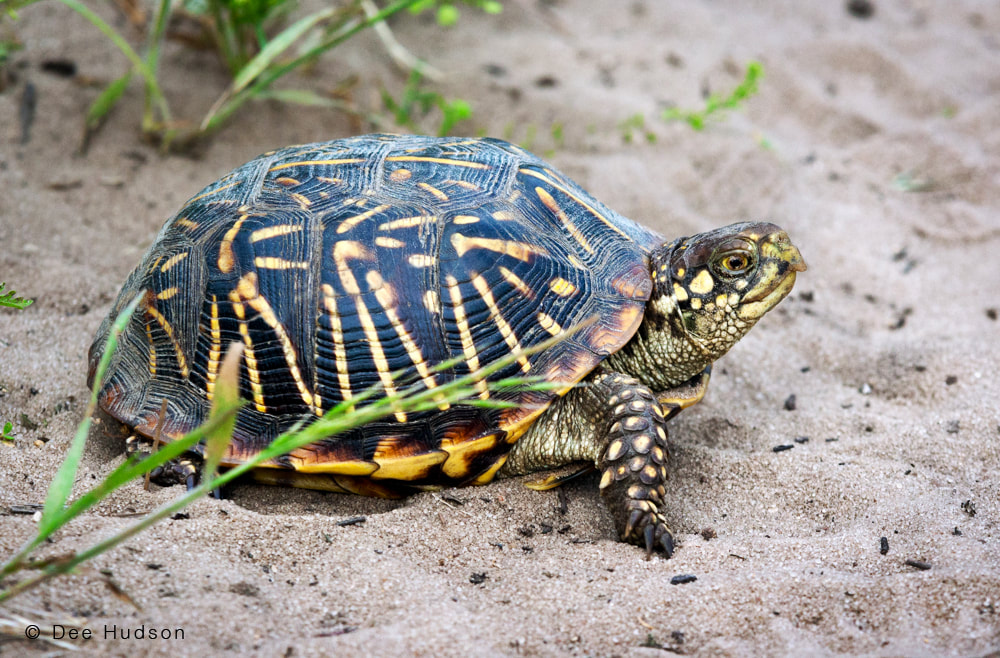
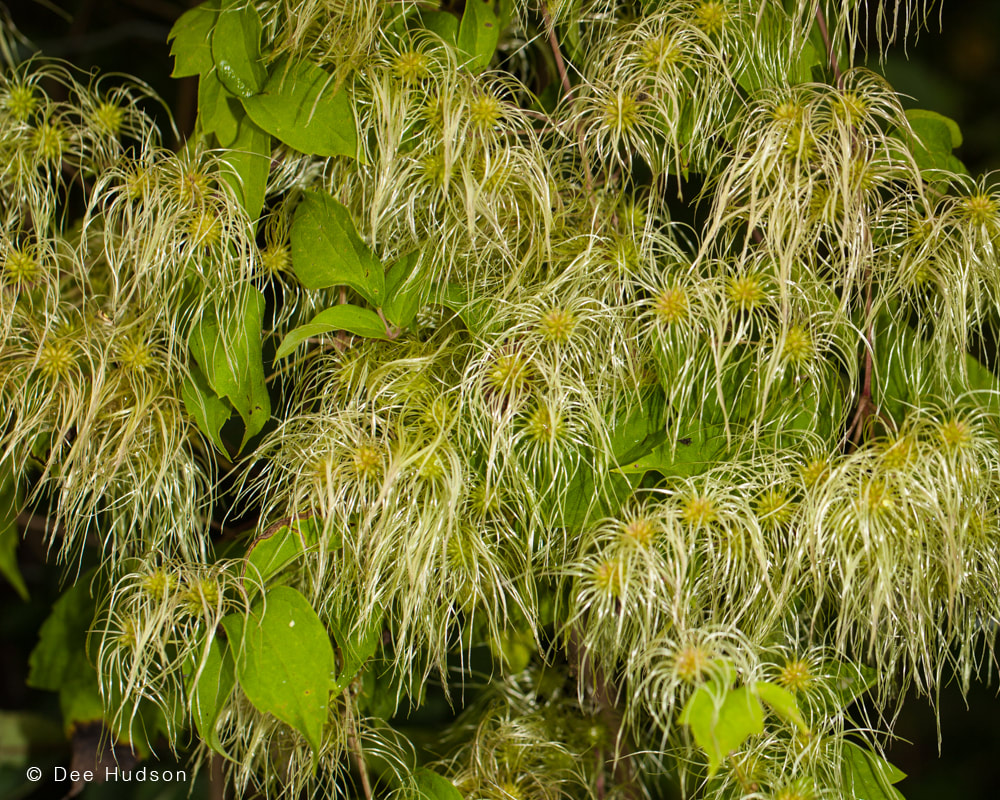
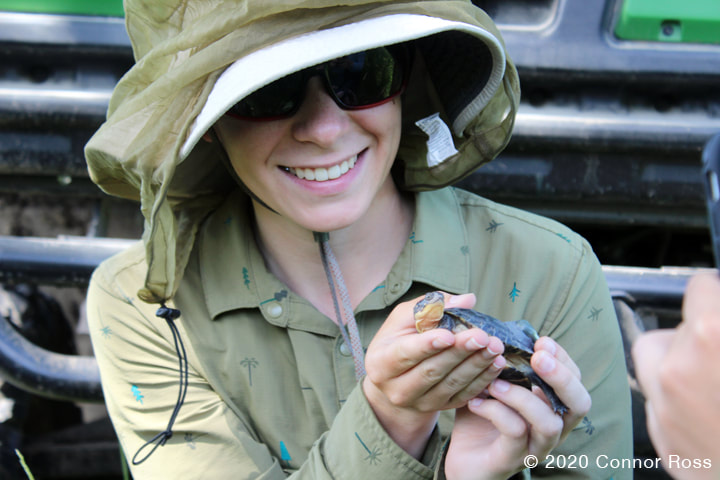

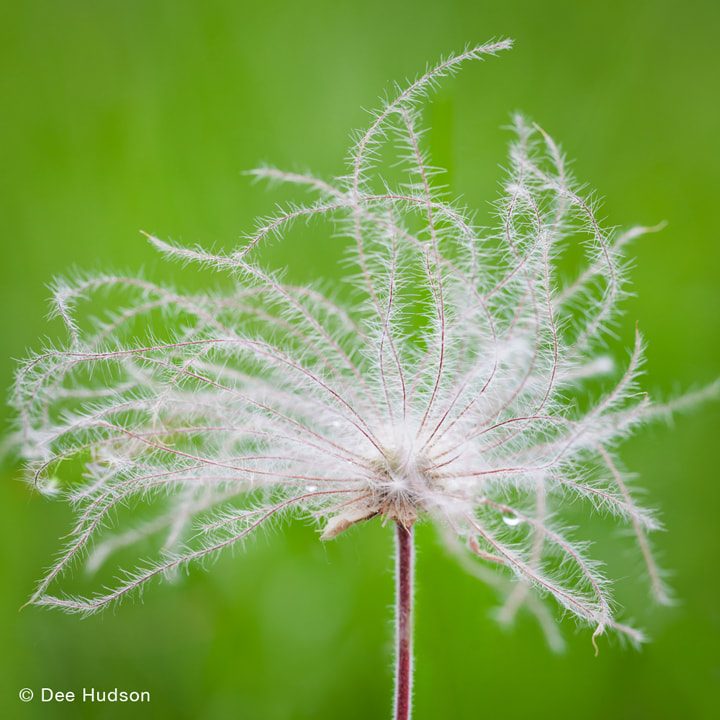
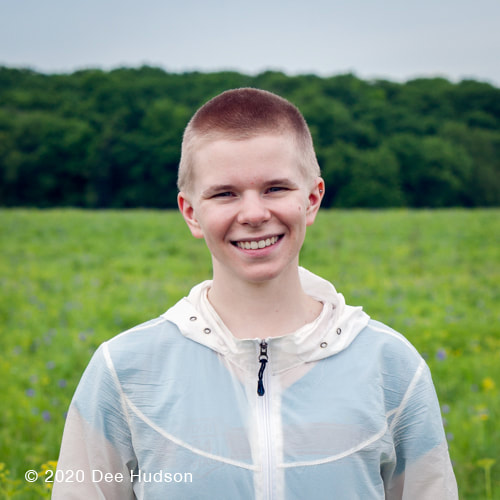
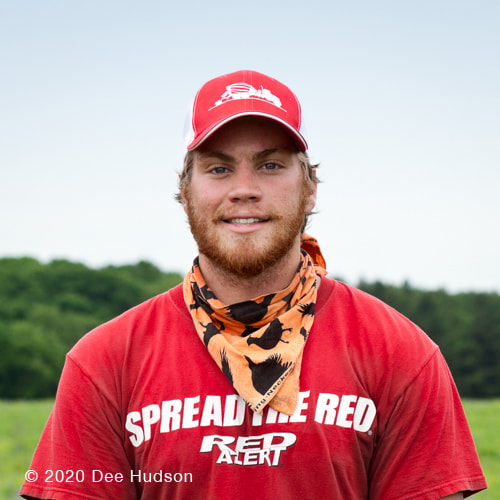
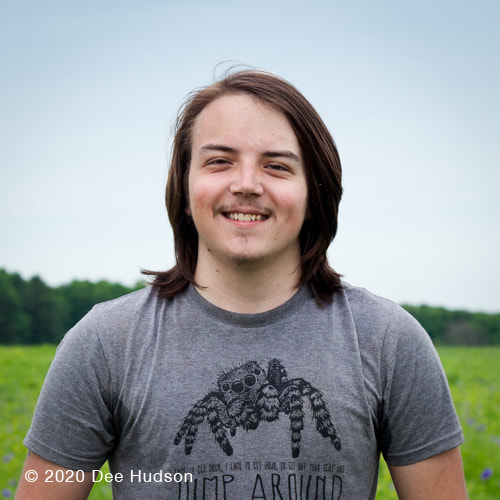
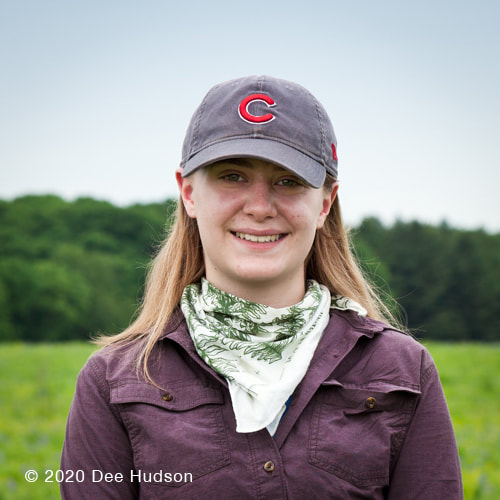
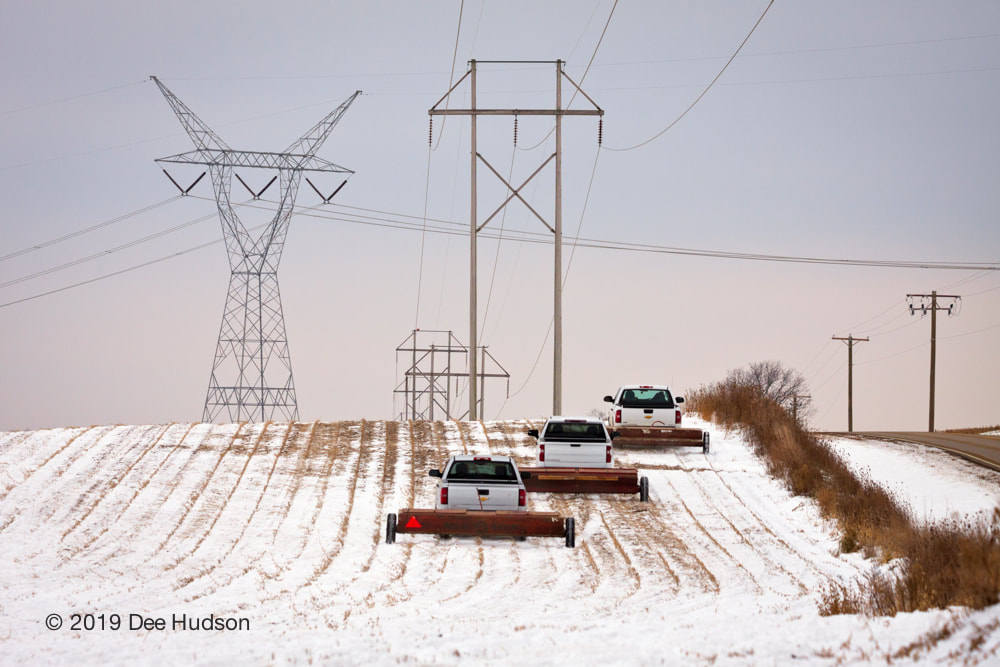
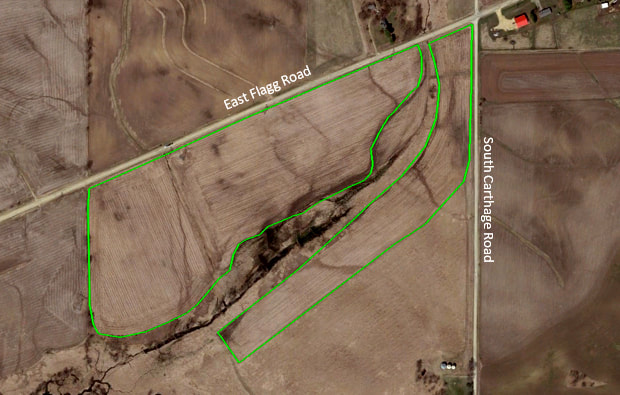
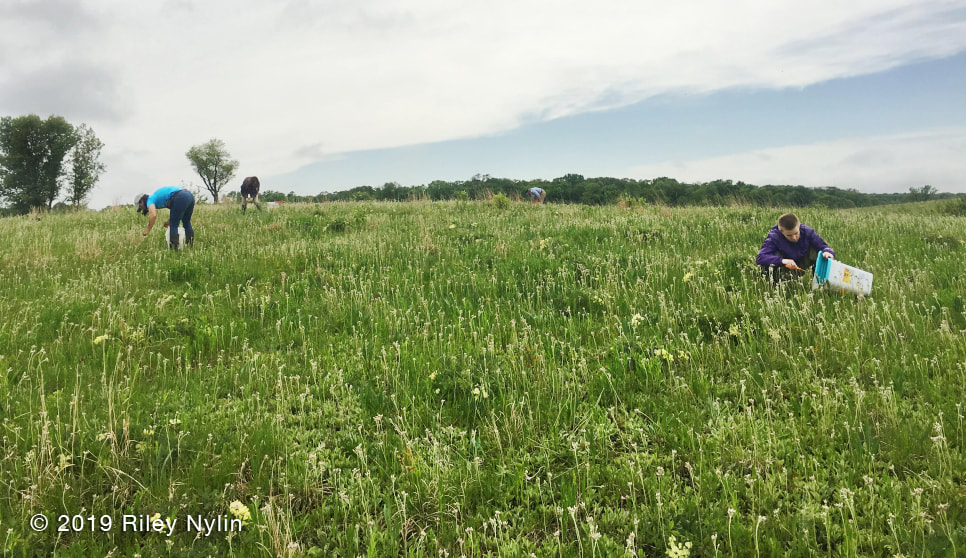
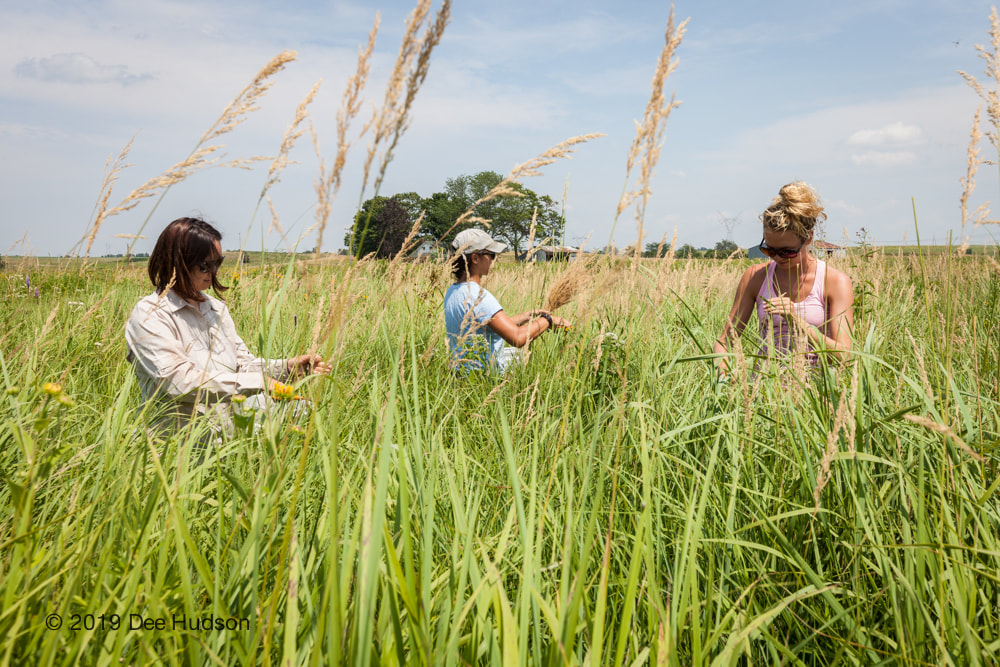
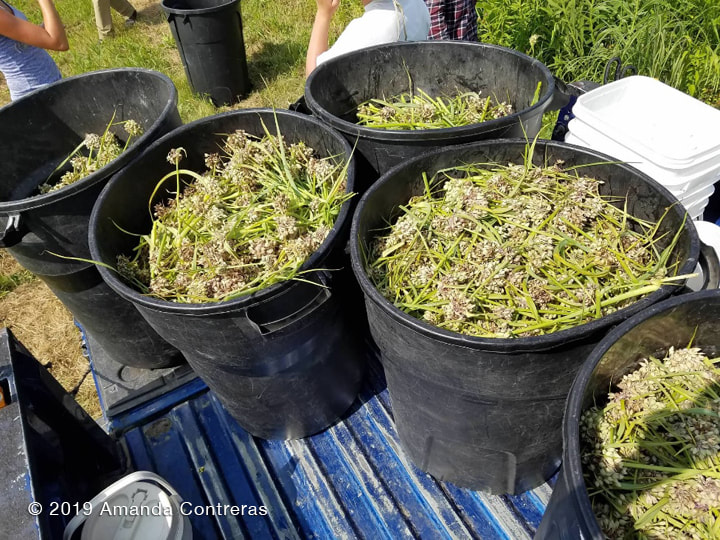

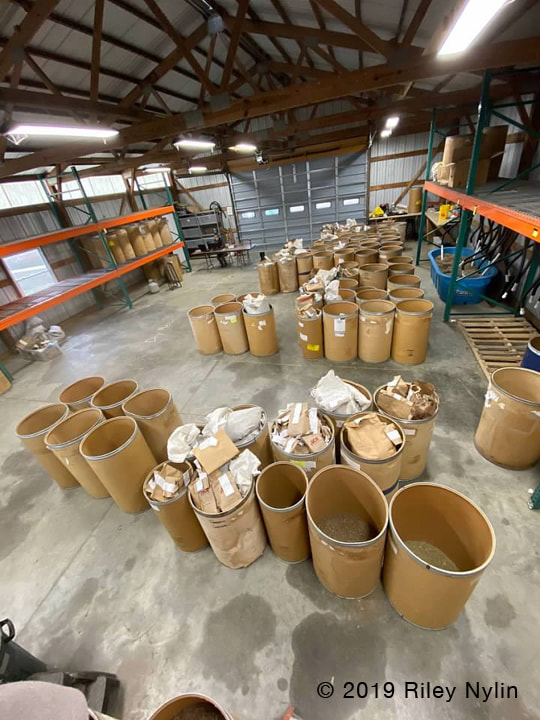
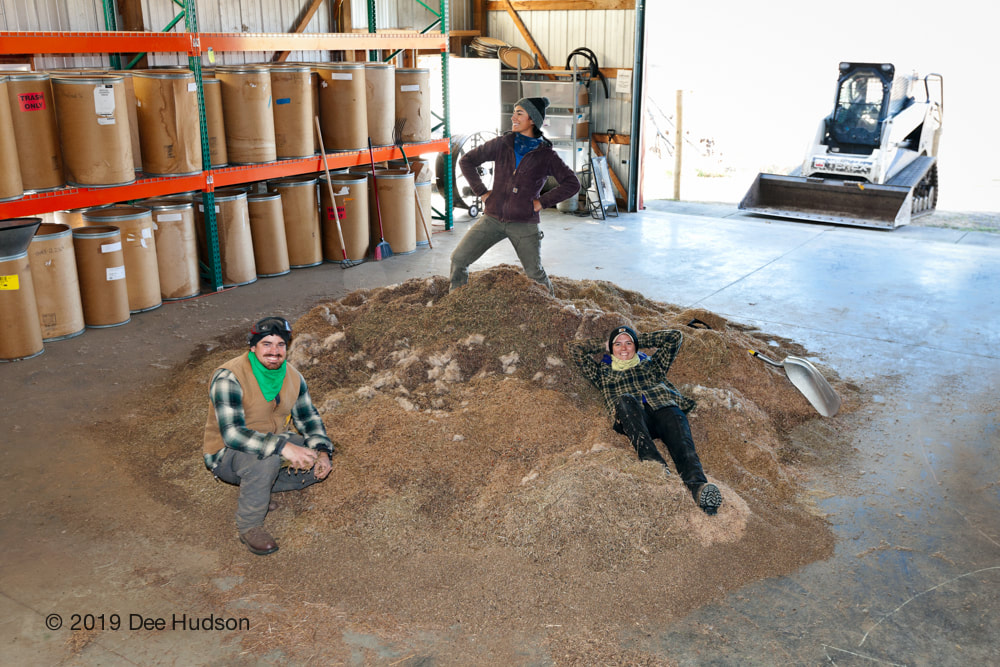
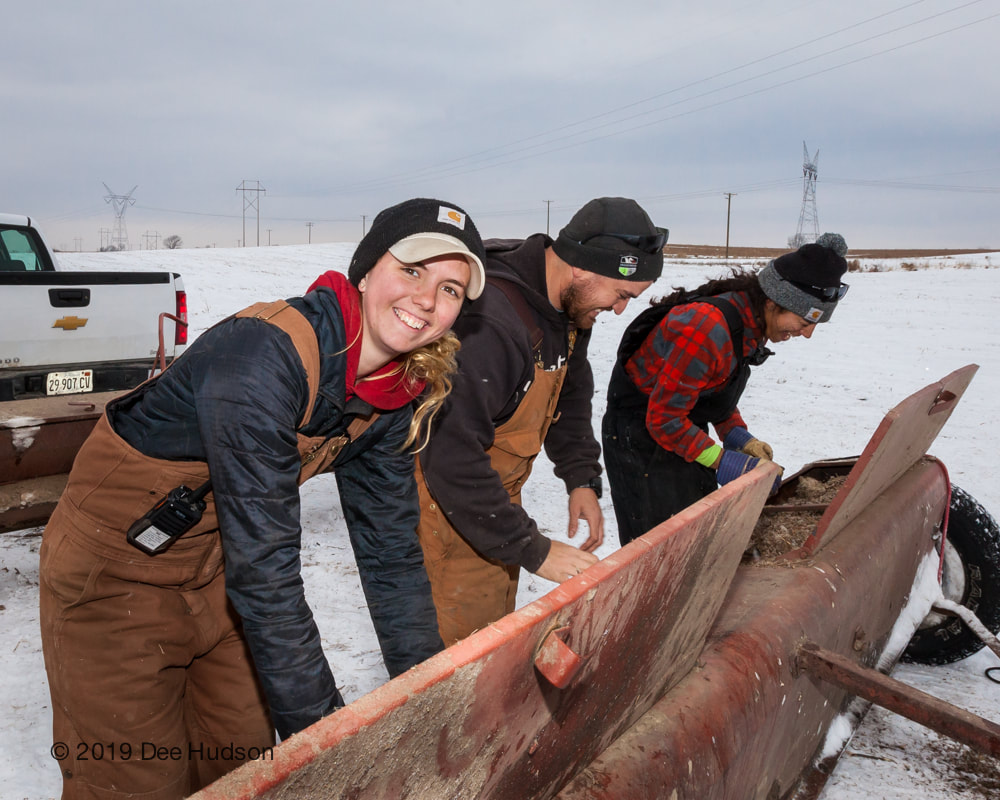
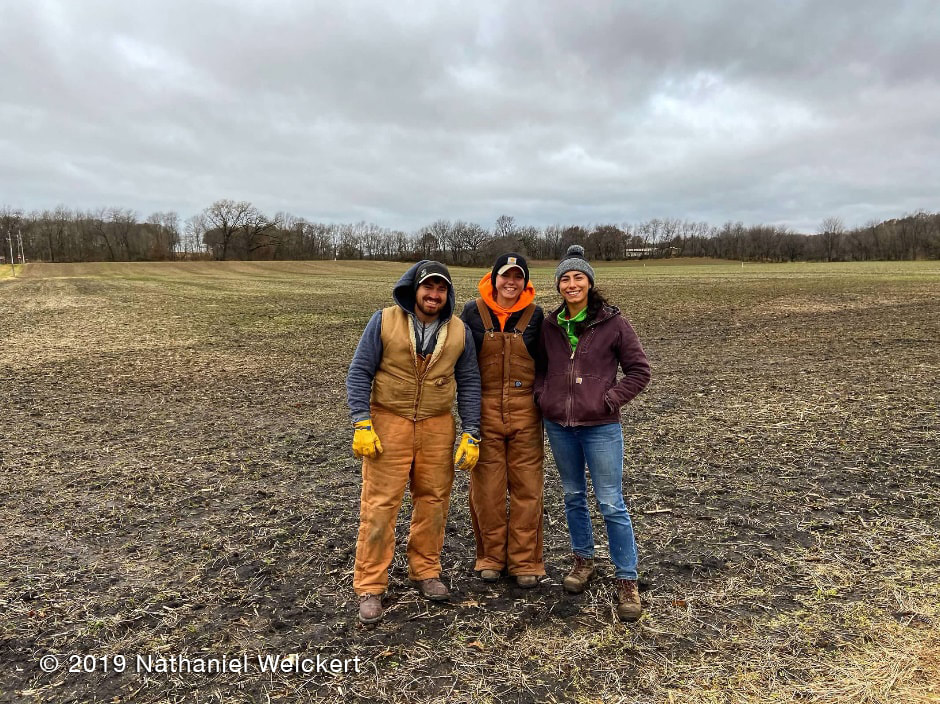
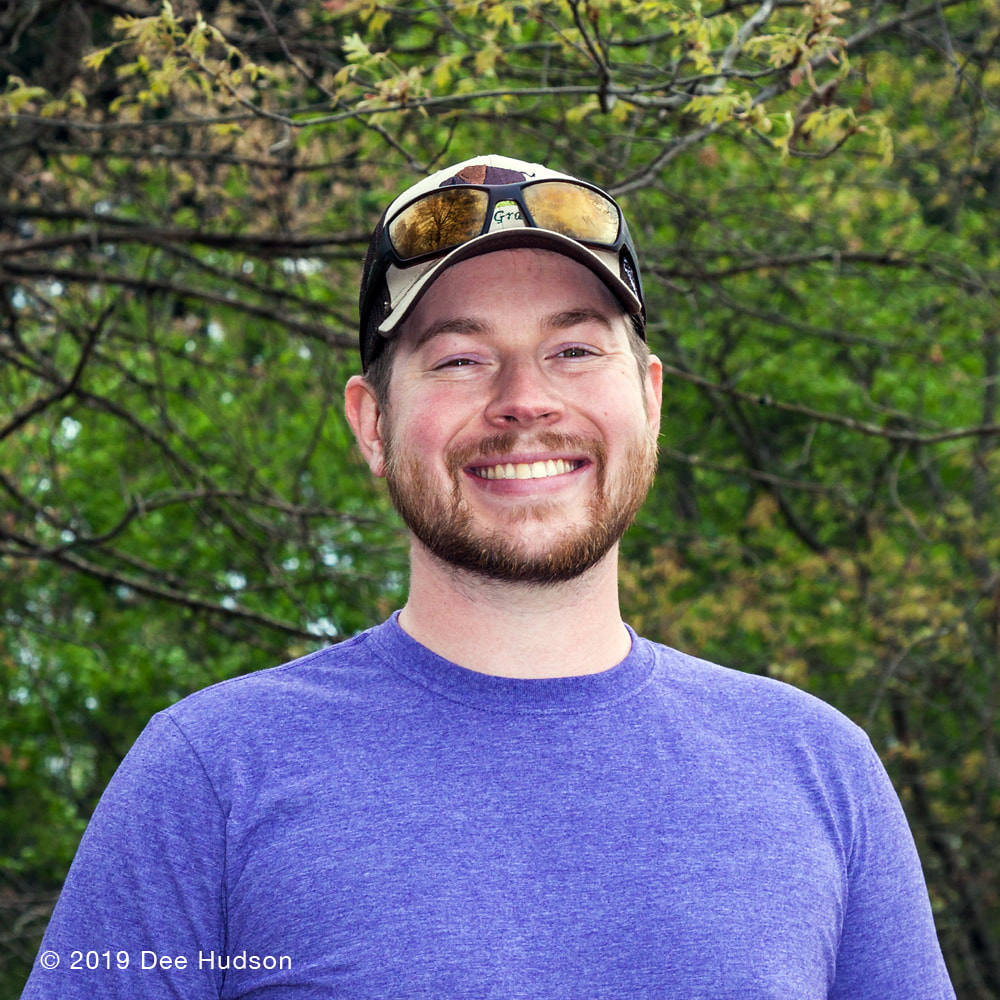

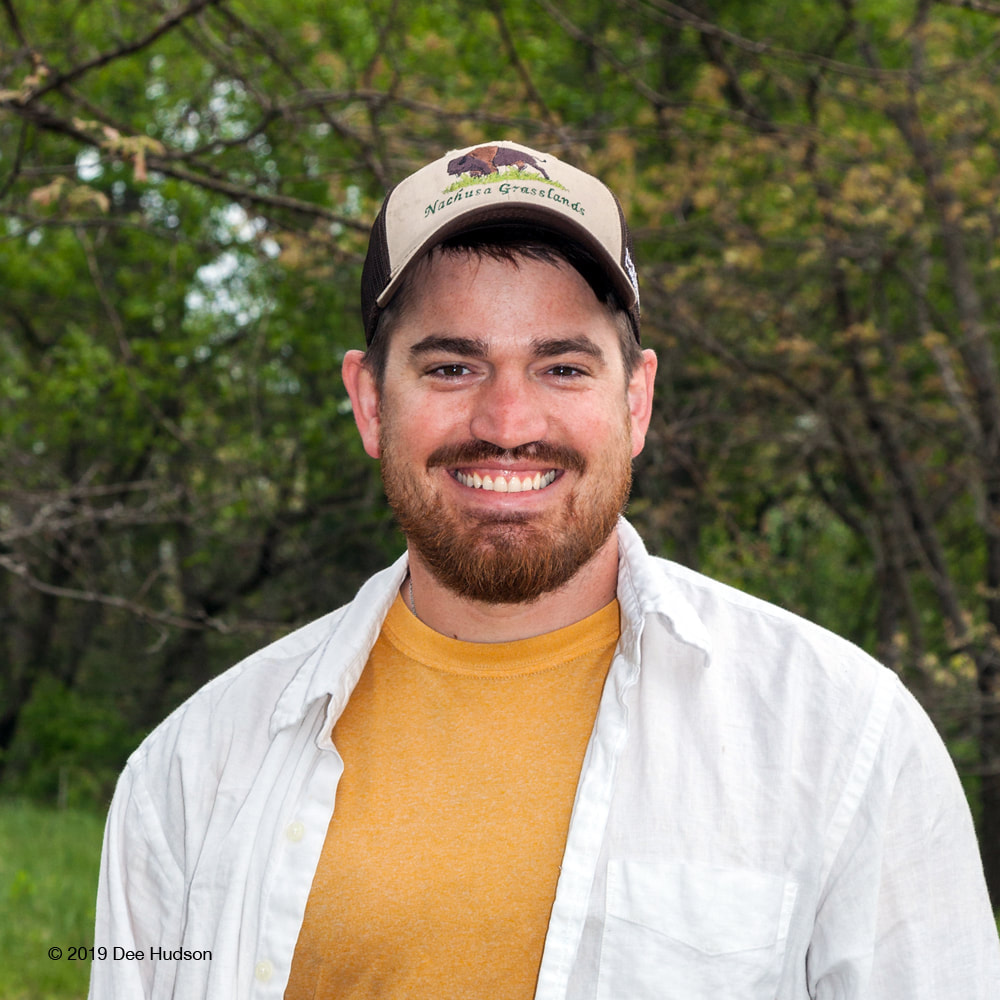



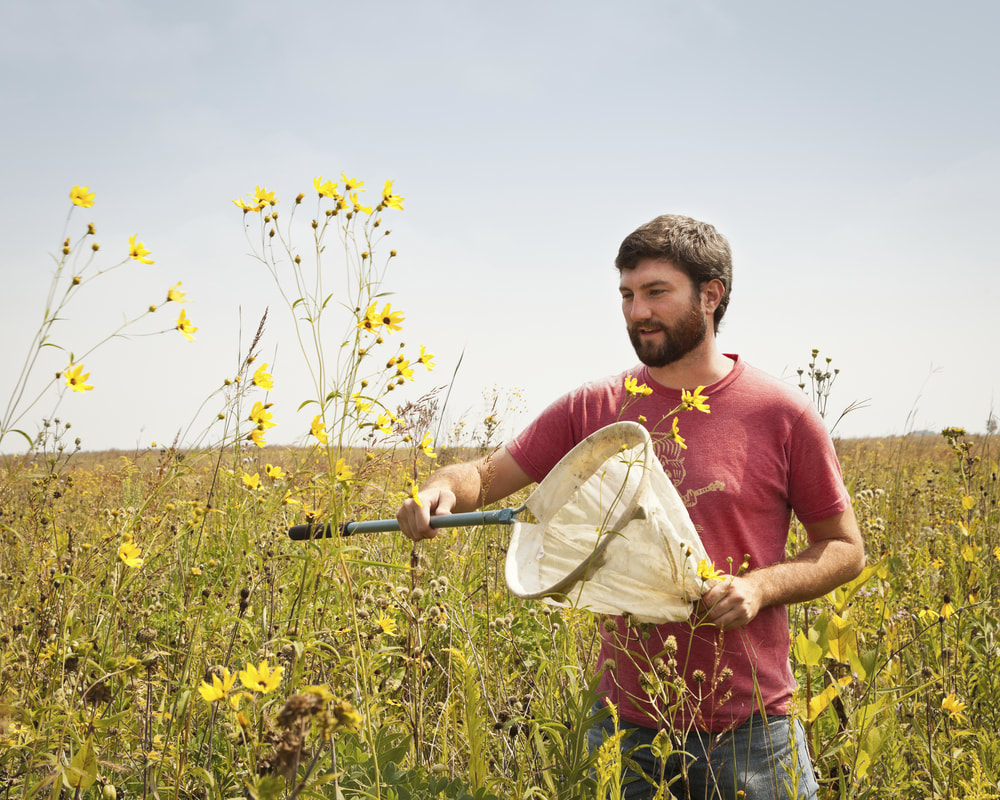
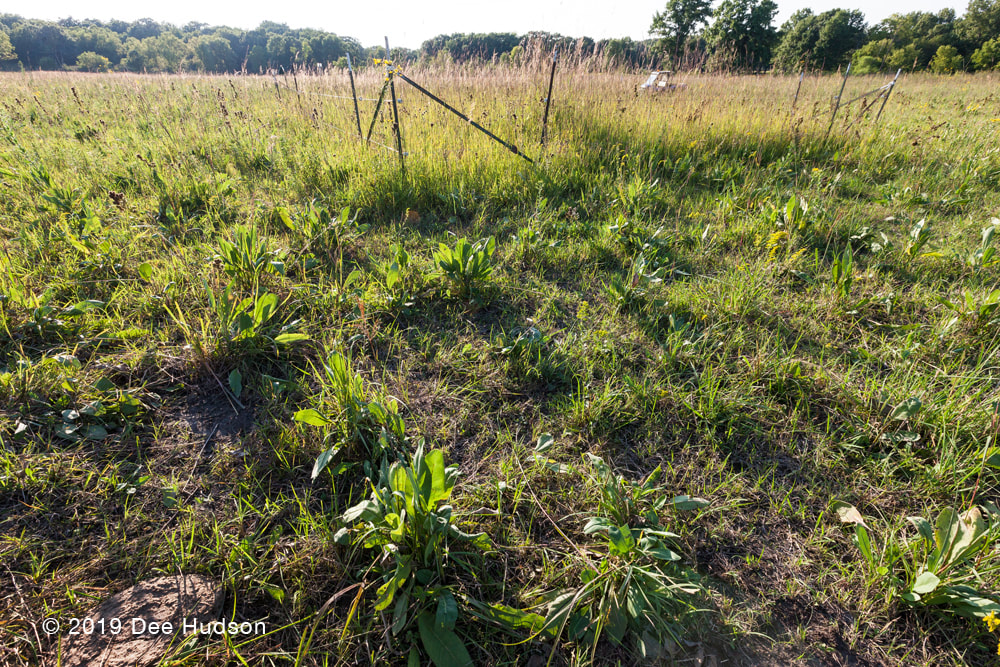
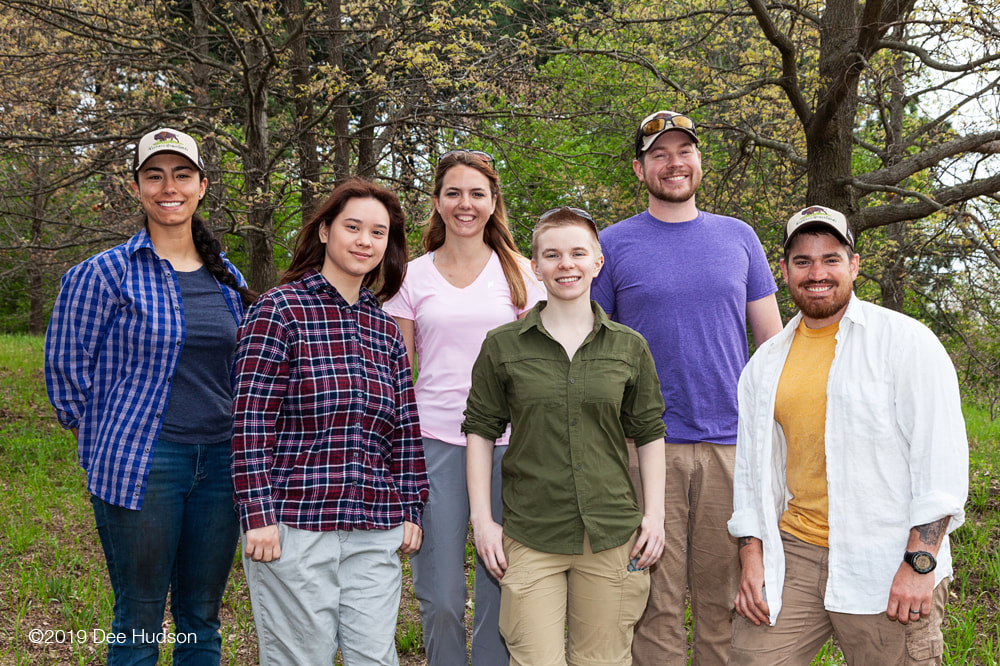
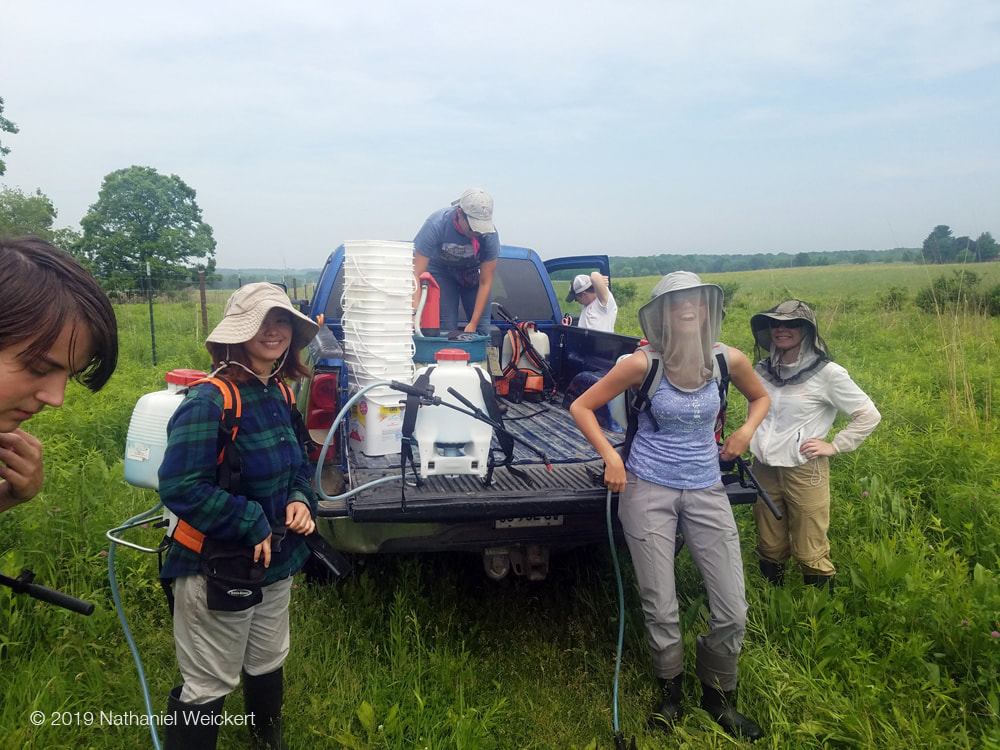
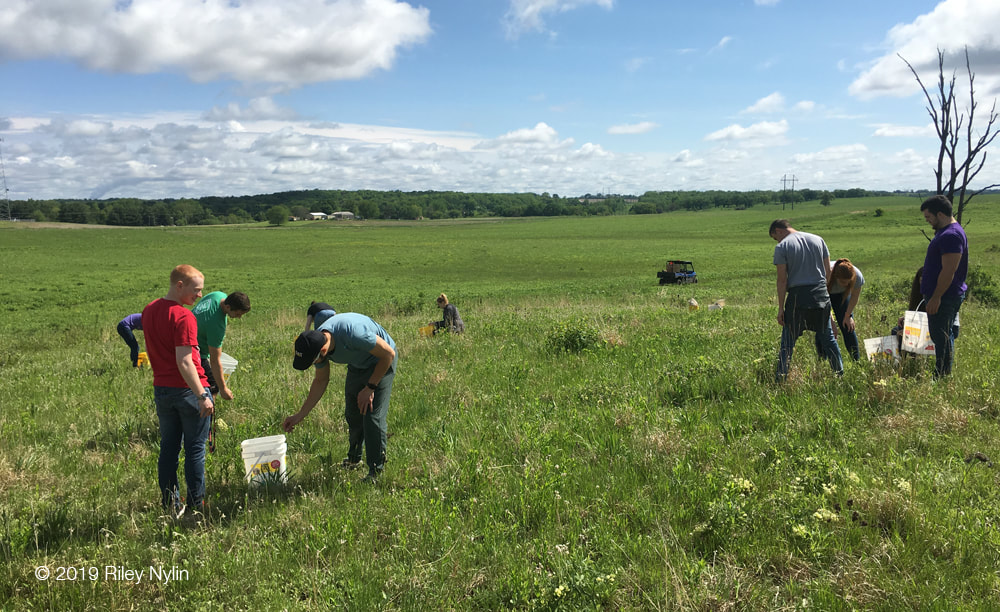

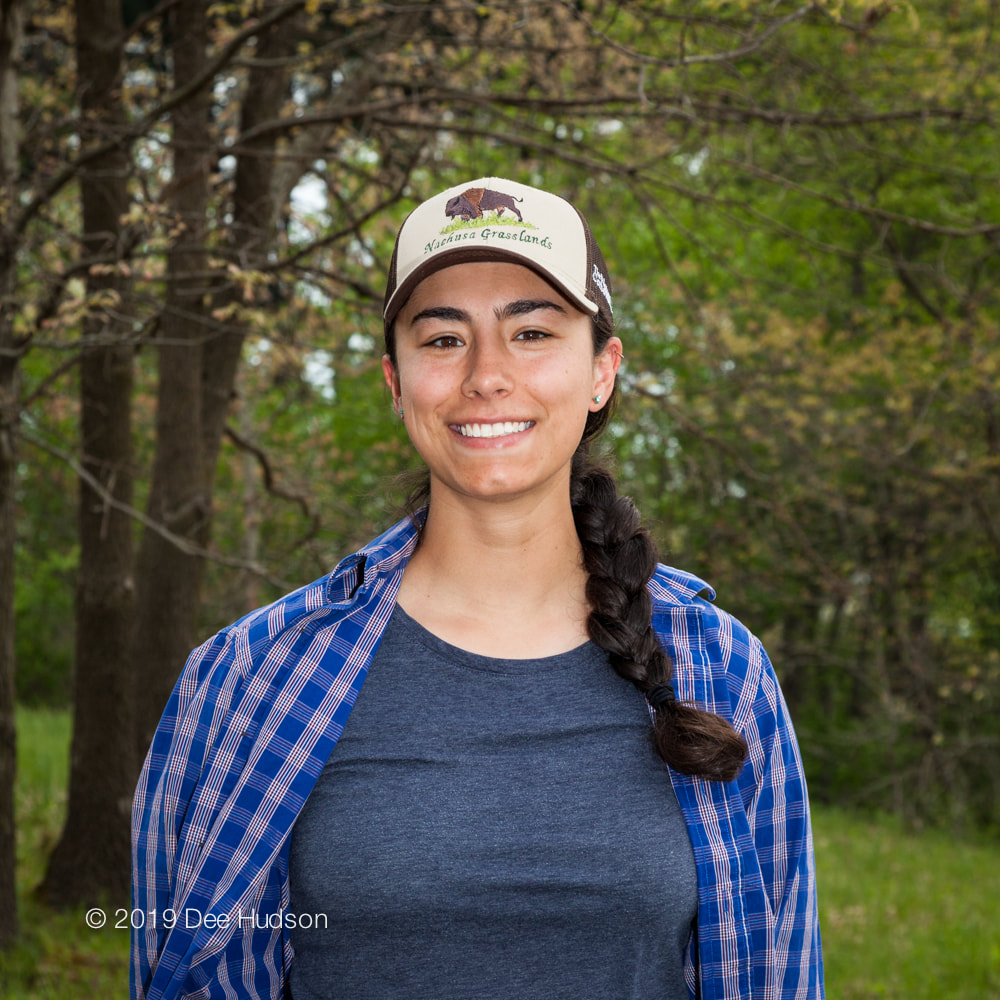
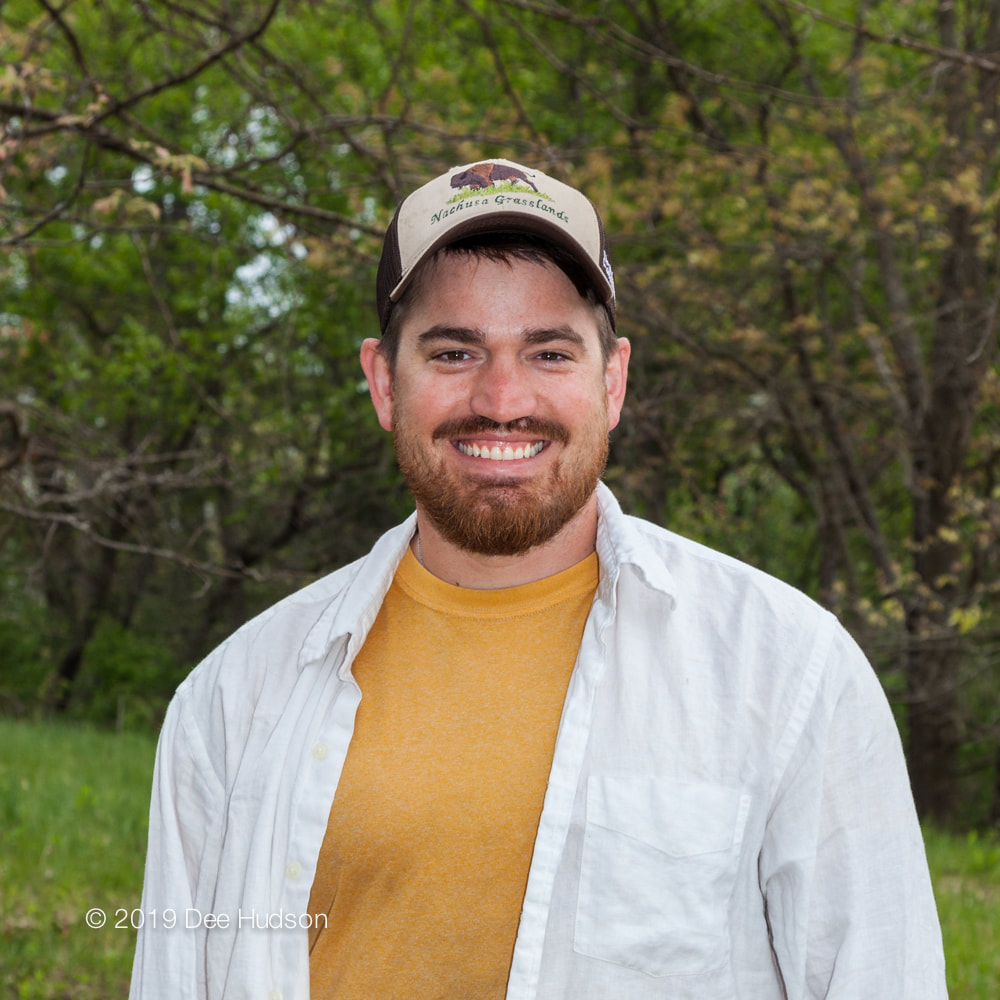
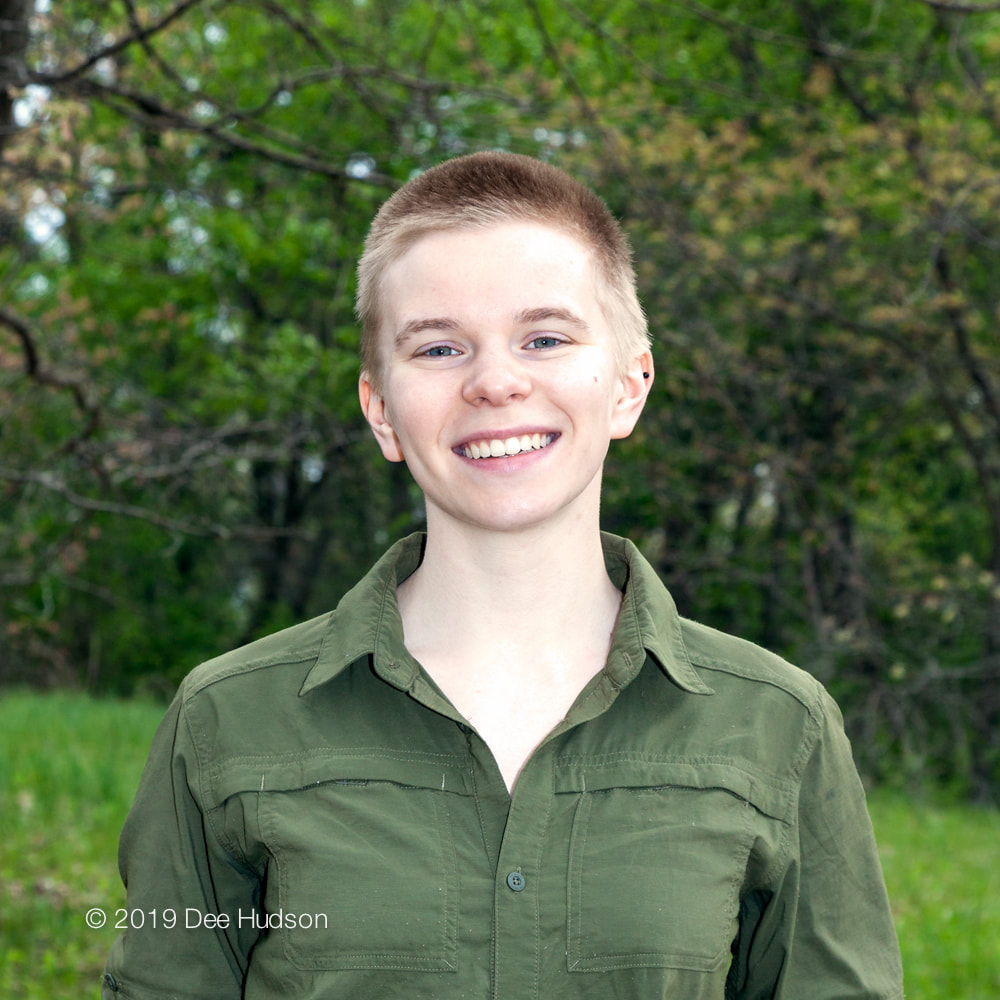

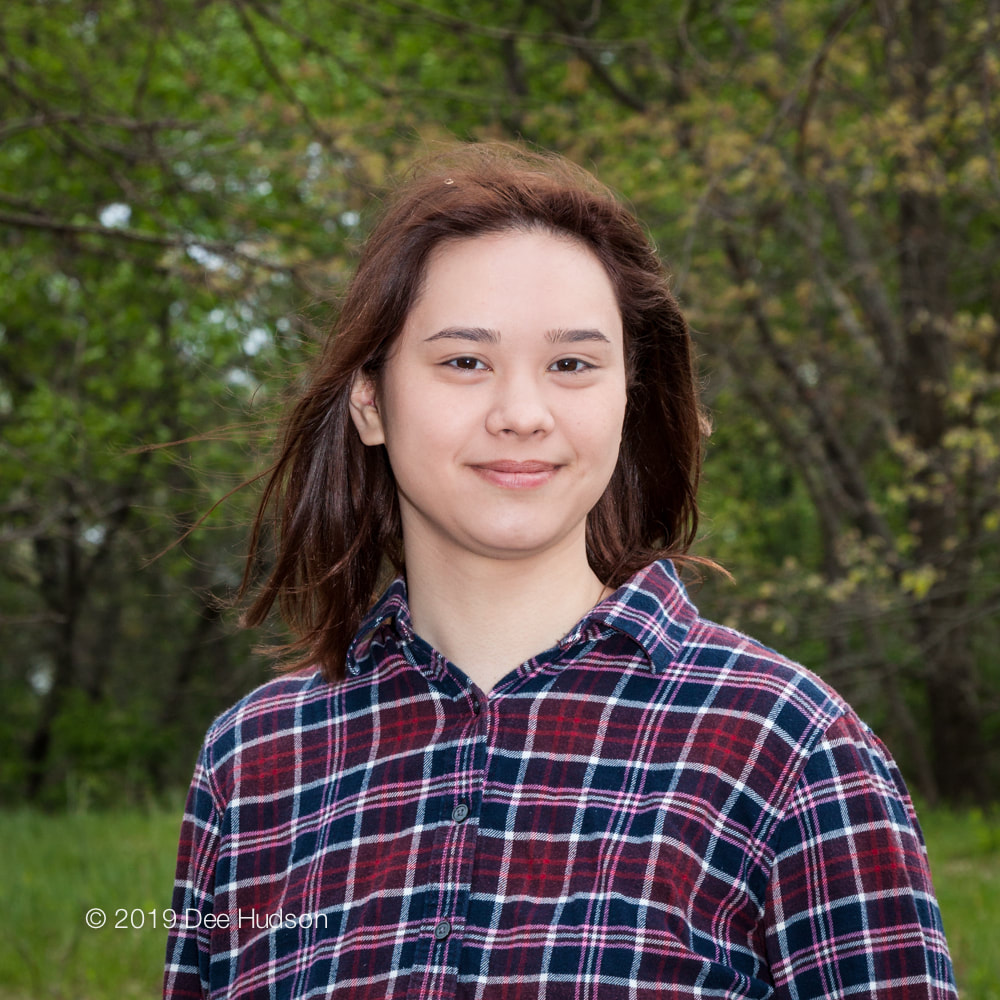
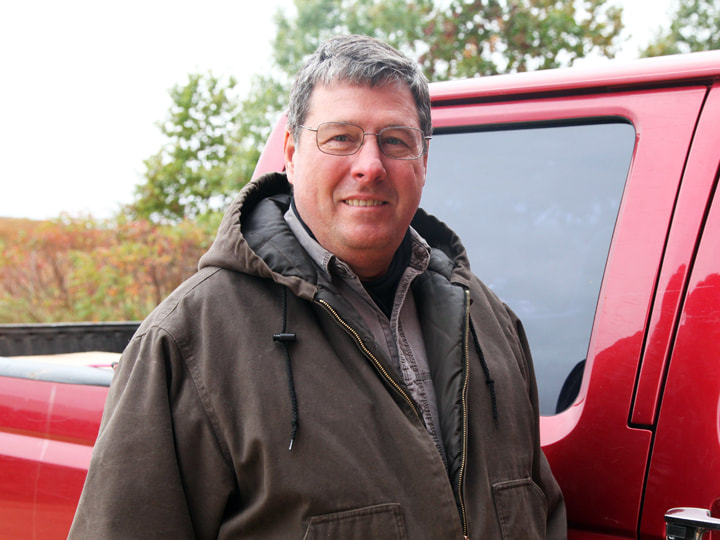

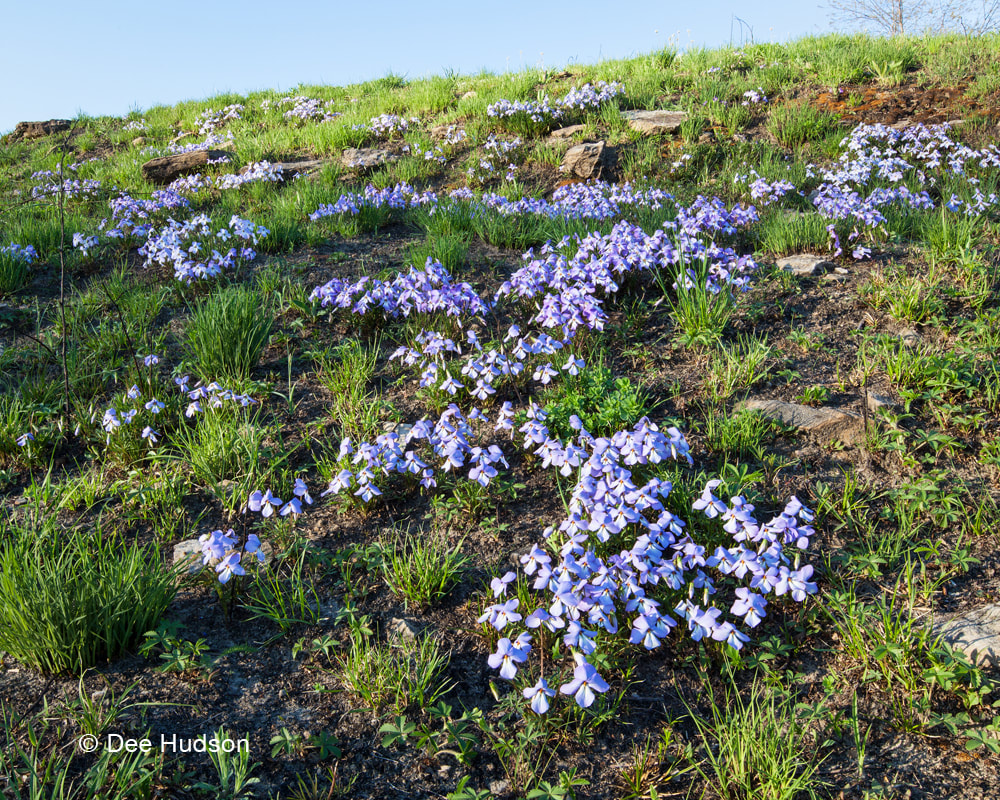
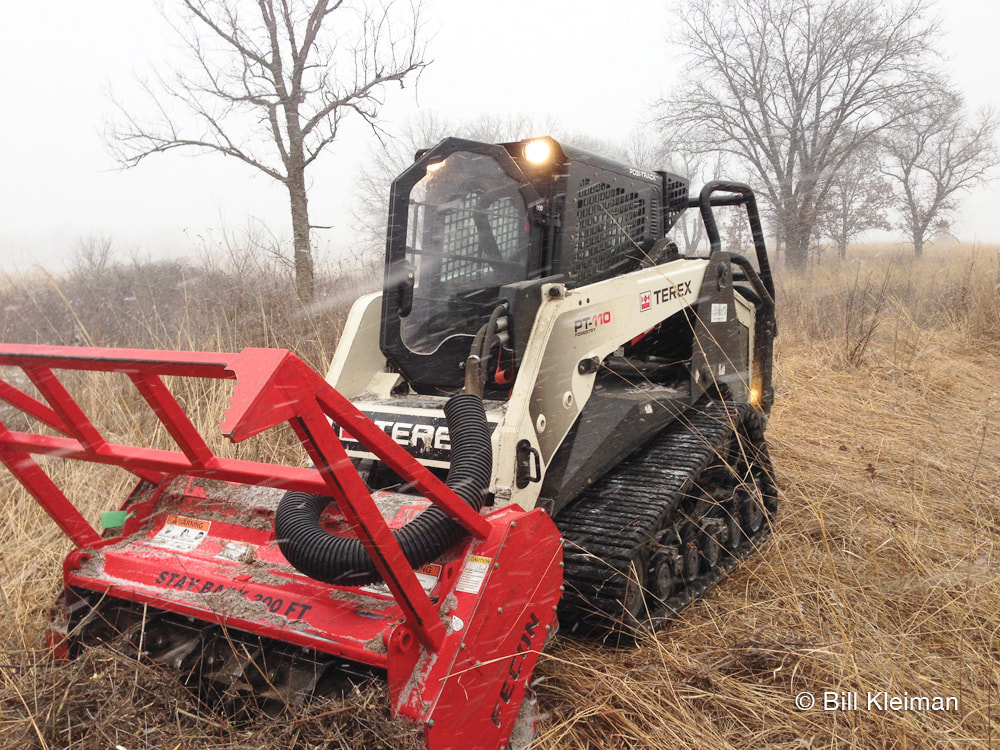
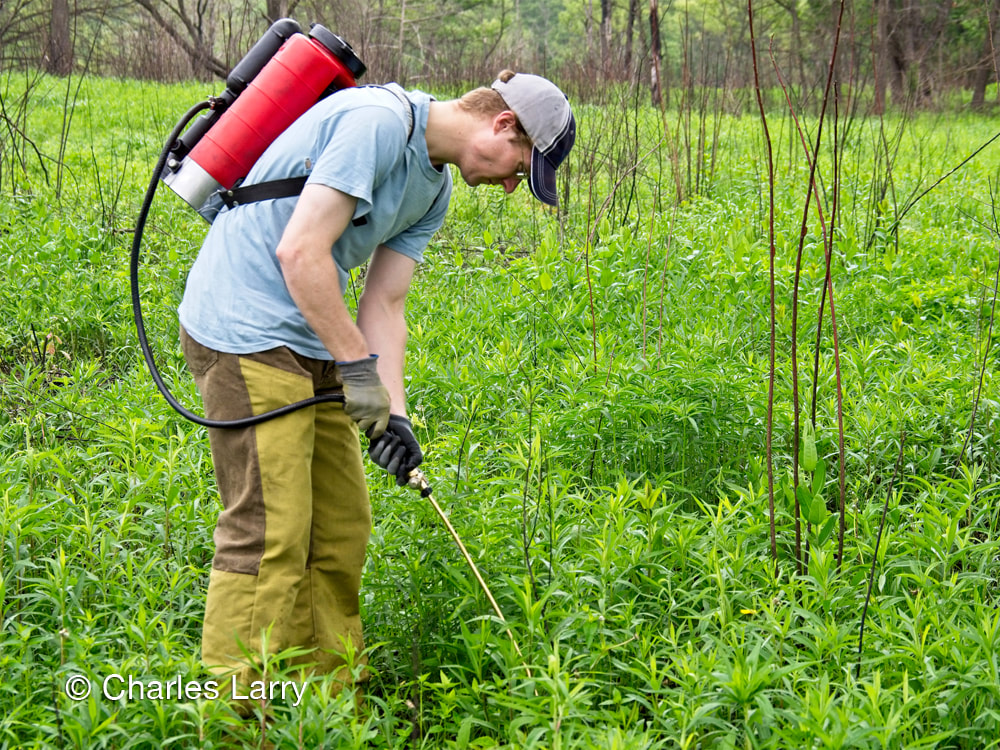
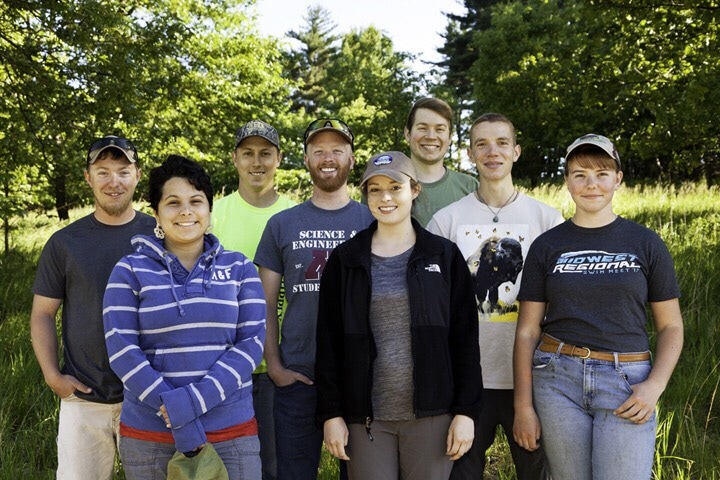
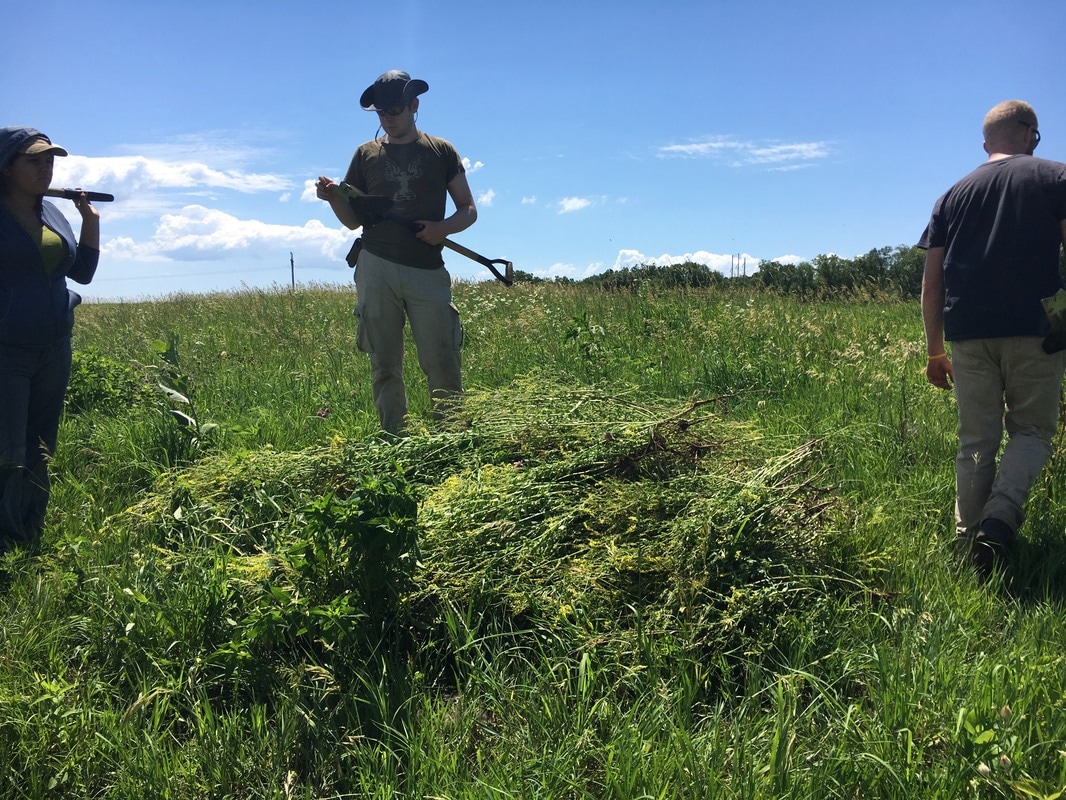

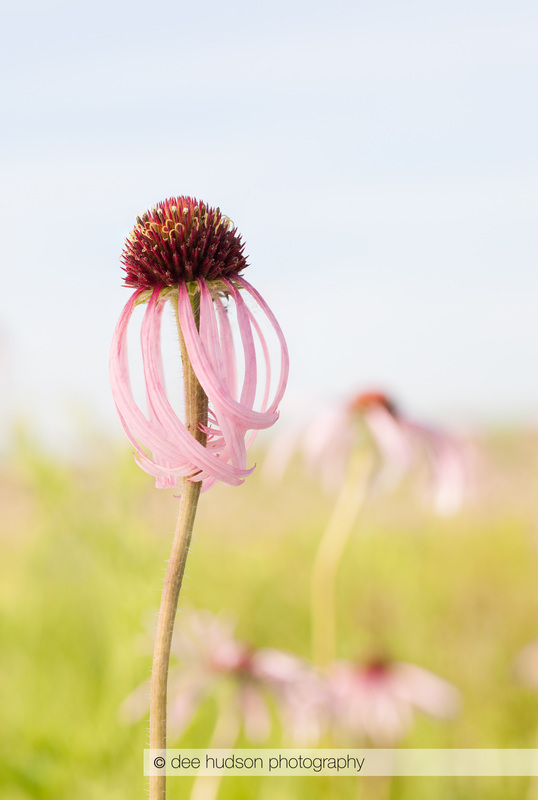
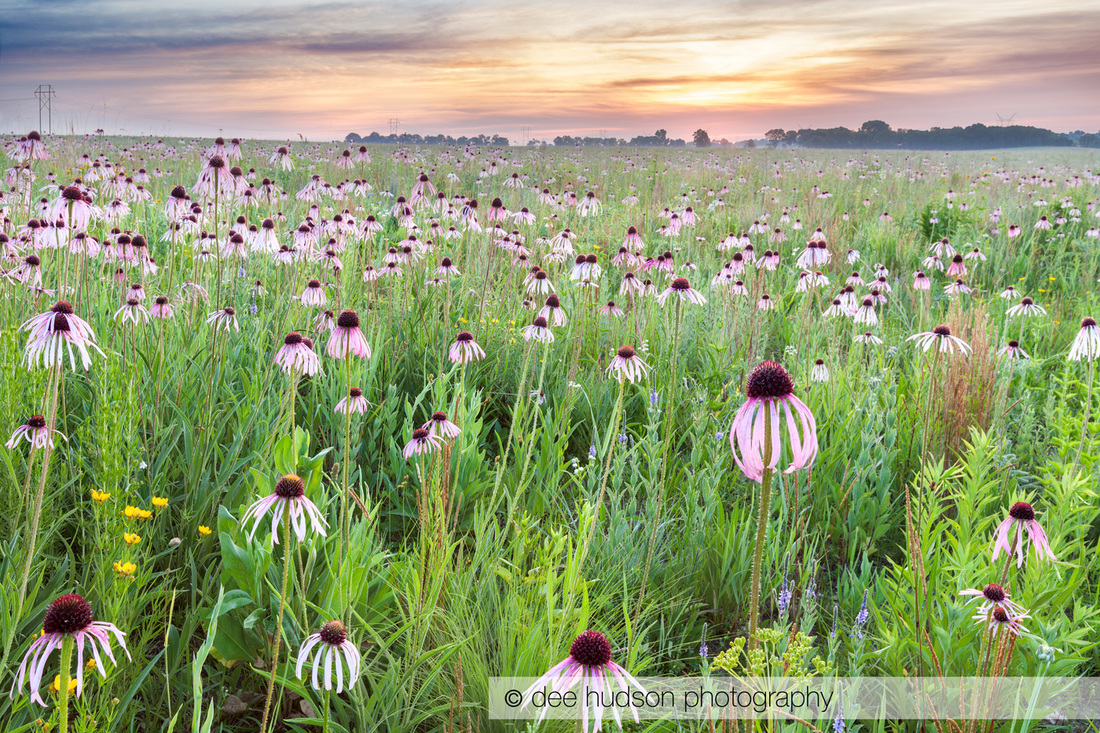
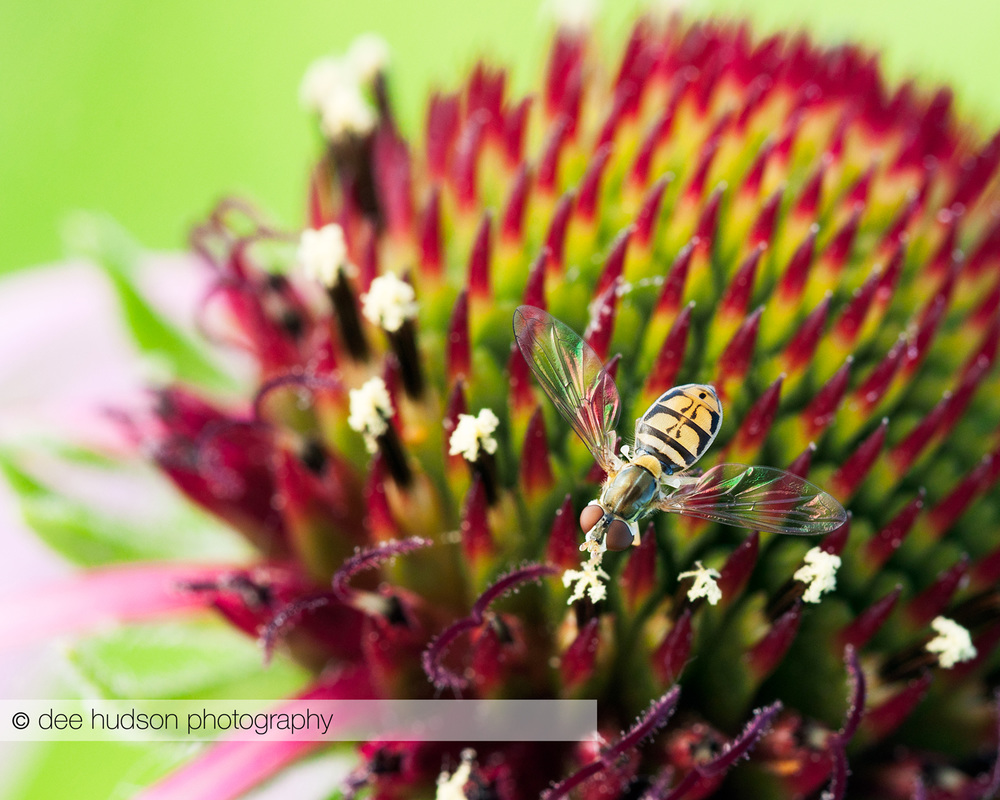
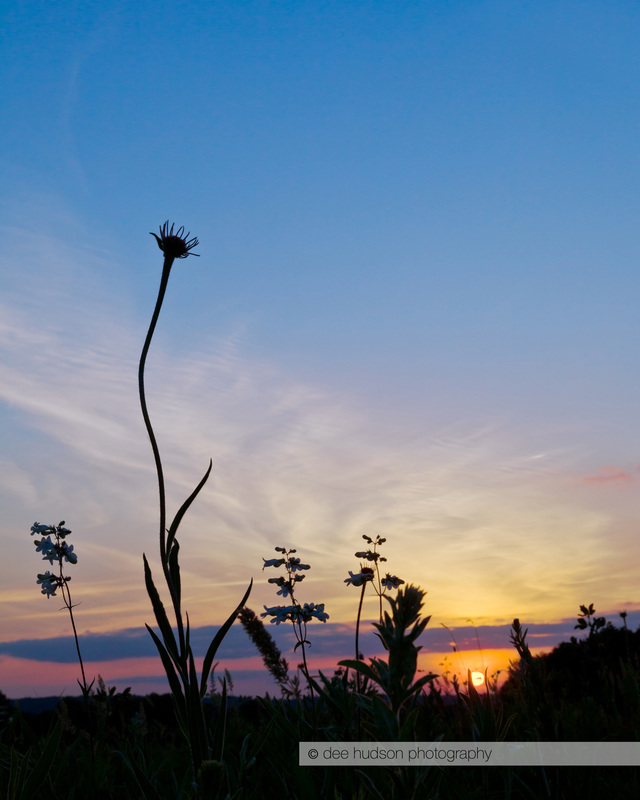
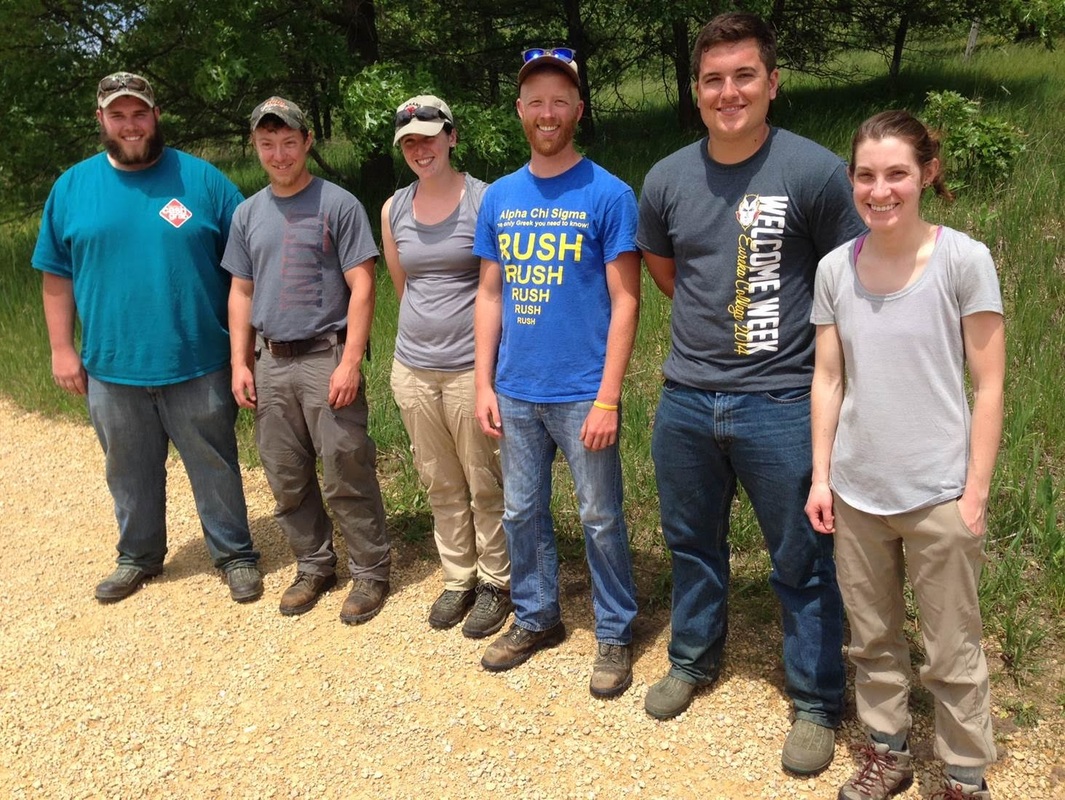
 RSS Feed
RSS Feed